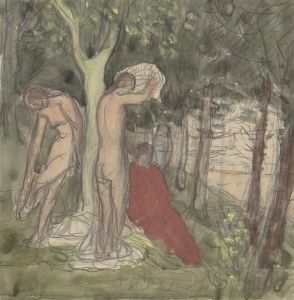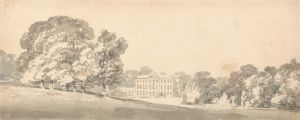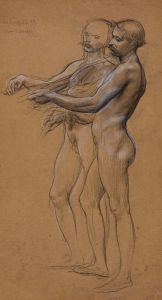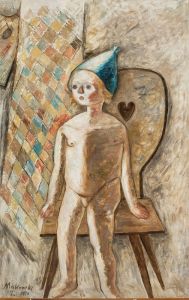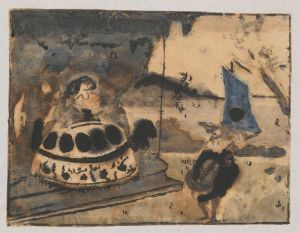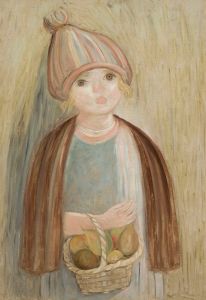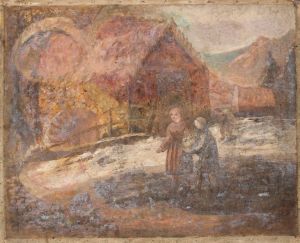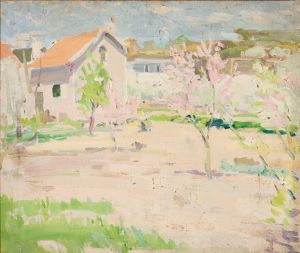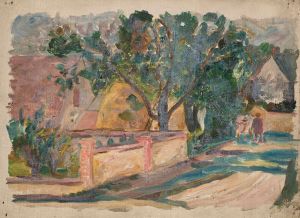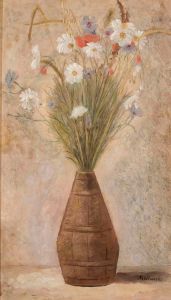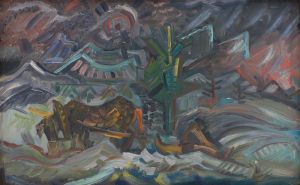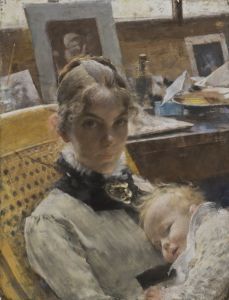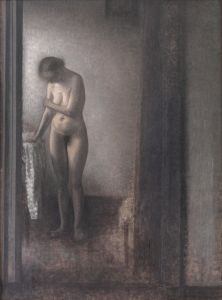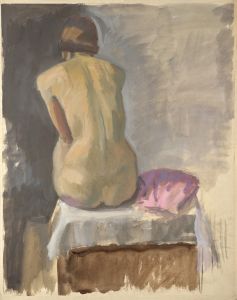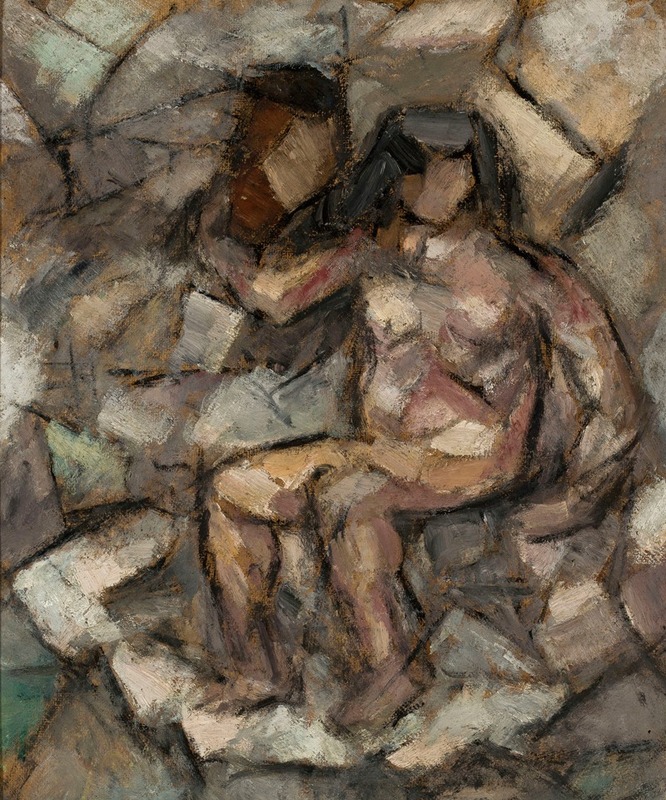
Rest
A hand-painted replica of Tadeusz Makowski’s masterpiece Rest, meticulously crafted by professional artists to capture the true essence of the original. Each piece is created with museum-quality canvas and rare mineral pigments, carefully painted by experienced artists with delicate brushstrokes and rich, layered colors to perfectly recreate the texture of the original artwork. Unlike machine-printed reproductions, this hand-painted version brings the painting to life, infused with the artist’s emotions and skill in every stroke. Whether for personal collection or home decoration, it instantly elevates the artistic atmosphere of any space.
Tadeusz Makowski was a Polish painter known for his unique style that combined elements of folk art, symbolism, and modernism. Born on January 29, 1882, in Oświęcim, Poland, Makowski initially studied classical philology at the Jagiellonian University in Kraków before turning to art. He later attended the Academy of Fine Arts in Kraków, where he studied under prominent Polish artists such as Józef Mehoffer and Jan Stanisławski. Makowski's work is characterized by its simplicity, use of geometric forms, and a focus on everyday life and childhood themes.
"Rest" is one of Makowski's notable works, although specific details about the painting, such as its creation date and current location, are not widely documented. Makowski's oeuvre often reflects his fascination with the innocence and simplicity of childhood, and "Rest" likely embodies these themes. His style is marked by a blend of influences, including the Polish folk art tradition and the broader European modernist movement, which can be seen in his use of bold colors and simplified forms.
Makowski moved to Paris in 1908, where he became part of the vibrant artistic community. The city was a hub for avant-garde artists at the time, and Makowski was exposed to various modernist movements, including Cubism and Fauvism. These influences are evident in his work, as he often employed a geometric approach to composition and a vivid color palette. Despite these influences, Makowski maintained a distinct style that was deeply personal and reflective of his Polish roots.
Throughout his career, Makowski's work was well-received in both France and Poland. He participated in numerous exhibitions, gaining recognition for his unique artistic voice. His paintings often feature children, puppets, and scenes of rural life, rendered in a manner that evokes a sense of nostalgia and whimsy. This focus on childhood and simplicity is a recurring theme in Makowski's art, and "Rest" is likely a continuation of this exploration.
Makowski's contribution to art is significant, as he managed to create a bridge between Polish folk traditions and the modernist movements of early 20th-century Europe. His work is celebrated for its emotional depth and the way it captures the essence of childhood innocence. Despite the lack of specific information about "Rest," it can be assumed that the painting embodies the qualities that define Makowski's artistic legacy.
Tadeusz Makowski passed away on November 1, 1932, in Paris, leaving behind a body of work that continues to be appreciated for its unique blend of simplicity, emotion, and modernist influences. His paintings remain an important part of Polish cultural heritage and are studied for their contribution to the development of modern art in Poland and beyond.





